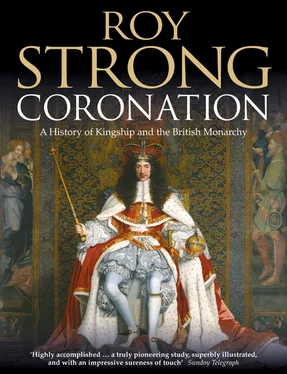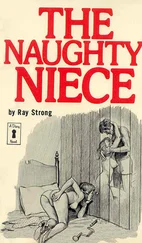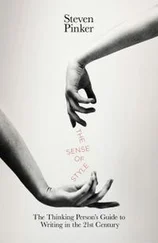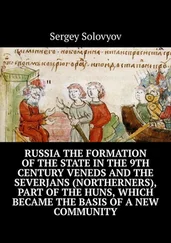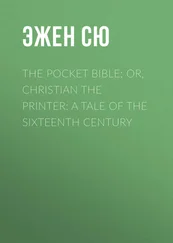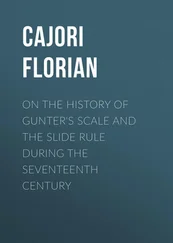In these biblical passages virtually all the elements which were to constitute the early Coronation ceremonies are already there: the selection of a king, his anointing with holy oil by a priest, his acclamation by the people and his enthronement. The Old Testament was equally specific as to the effects of anointing. In the case of Saul, ‘And the Spirit of the Lord will come upon thee, and thou shalt prophesy with them, and shalt be turned into another man’ (I Samuel 10: 6).
In New Testament terms it was an outward action representing an inward descent upon the King of the Holy Spirit. Collectively it was from the application of these texts to the task of king-making in the seventh and eighth centuries that the earliest ordines were to emerge.
But there is a huge time lapse between those Old Testament rulers and the earliest application of unction to the barbarian kings. That bridge can be crossed by the continuing role played by sacred oils in the life of the Early Church. The Old Testament did not only provide precedents for the anointing of kings, it also gave ones for the anointing of priests as well as artefacts connected with worship. God commanded Moses to prepare the holy oil of anointing for hallowing the tabernacle, ark, table, vessels and altar for the ritual of worship and also for anointing Aaron and his sons as priests (Exodus 29:7–8; Leviticus 8:10–12). As a consequence holy oil was used at the consecration of churches and altars and in the ordination of both bishops and priests.
The most important of all the holy oils was chrism, a mixture of olive oil and balsam which was used in the Early Church in the rite of baptism and confirmation. 5 The word chrism itself was a Greek rendering of the Hebrew word for the holy oil of anointing. The exotic fragrance and richness of chrism opened it up to early writers bestowing on it an allegorical significance as embodying the fullness of sacramental grace and the gifts of the Holy Spirit with the sweetness of Christian virtue. Only the pope and the bishops could consecrate holy oils, an event which took place annually at the solemn Mass on Maundy Thursday from at least as early as the fifth century. One oil was without the addition of balsam. This was used for anointing the sick, for extreme unction and for other uses by the faithful. The other was chrism, used at baptism and confirmation. Both forms of oil are integral to the history of the Coronation, for although initially kings were to be anointed with chrism, gradually that right was withheld as the Schoolmen were to argue that chrism was a purely ecclesiastical institution whose use should be confined to the ordination of bishops and priests and not for royal unction.
One final fact. Although oil was native to the Mediterranean cultures, to the Northern barbarian tribes it was a luxury item, rare, costly and exotic. Within this context it is hardly surprising that oil became viewed as a potent substance capable of solving every difficuty. When the pope bestowed unction on the first Carolingian King Pepin in 751 it was done not only in the context of Old Testament exemplars, but also in the light of people’s knowledge of and confidence in the efficacy of holy oil in relation both to the sacraments and to bodily healing.
That a rite of anointing kings with holy oil emerged between the seventh and eighth centuries came directly out of the Christianisation of the barbarian kingdoms. 6 With the final dissolution of the Roman Empire in the West in 476 there evolved in its place the imperium christianum presided over by the pope. That spiritual empire was to assume a temporal dimension thanks to the Donation of Constantine, a forgery datable to 752–7, a document which purported to declare Pope Sylvester I (314–5) and his successors rulers not only of Italy but of all the provinces which had once made up the Roman Empire in the West. This, in effect, cast the popes into the role of king-makers, one which they were able to exercise through the introduction of the rite of unction as barbarian kings converted and sought divine sanction for their kingship. As pagans they had claimed descent from the gods. Now they were endowed with a new kind of divinity as ‘the Lord’s anointed’ (I Samuel 26:11), a phrase which was rendered in the Vulgate version of the Bible as Christus Domini, employing the Greek word ‘christos’ meaning anointed, which, in the Middle Ages, was seen as the origin of the name of Christ.
The bestowal of unction was the prerogative of the Church which, although through its role it established a ruler as being sacred and set apart from ordinary mortals, simultaneously demonstrated that that could only be done thanks to their access to supernatural forces. In this way regnum was to be subject to sacerdotium in the medieval scheme of things. It was the pope and bishops who controlled and compiled the anointing rituals or ordines, filling them with prayers framing a vision of monarchy as they conceived it. That is vividly caught in the anointing prayer composed by Hincmar, Archbishop of Reims (c.806–82), Omnipotens sempiterne Deus, for the Coronation of Louis the Stammerer in 877, one which was to be incorporated into virtually every Coronation ordo thereafter: ‘Almighty eternal God … we ask thee to attend to the prayers of our humility and to establish this thy servant in the high rulership of the kingdom, and anoint him with the oil of the grace of thy Holy Spirit wherewith thou hast anointed those priests, kings, prophets, and martyrs who through faith conquered kingdoms, worked justice, and obtained thy promises.’ 7
In this Holy Church invoked the descent of the Holy Spirit on to the candidate for kingship, making him a new man, transmitting through anointing the divine grace by which alone he would be able to fulfil his royal ministerium as defender of the Church. In this manner kingship became an office within the Church without bestowing on it any priestly status, or at least not at the outset. Only as the rite of Coronation developed and spread would the theocratic priestly view of kingship threaten to shatter this relationship of Church and State.
All of this could be grafted with ease on to any secular ceremony of installation which already existed within the pagan tradition. So the earliest ordines progress without difficulty from unction to the handing over to the King of royal insignia, initially jointly by both principes and pontifices, but soon after by the latter only. These could include items which may well have been part of any pre-Christian installation ceremony, ones like a sceptre or a long rod or baculus. One certain link with the pagan past was the placing of a galea or helmet on the King’s head, which was only replaced by a crown in the tenth century. But the falling into place of all these elements into a common pattern was a gradual process involving several areas of Western Europe: Visigothic Spain, early Capetian France, Anglo-Saxon England and Celtic Ireland. It is to a consideration as to how these various strands eventually came together that we must now turn.
THE ADVENT OF CORONATIONS
One of the earliest references to royal unction comes in a life of the Celtic saint, Columba, written by Abbot Adoman of Iona (679–704). 8 The monastery of Iona was the great centre of Celtic Christianity, a major seat of learning with daughter houses in Scotland and the north of England, so its influence spread wide. In his life of the saint the abbot recounts the story of Columba’s anointing of Aidan mac Gabrain as King of Dalriada in the late sixth century:
Concerning an angel of the Lord, who appeared in a vision to Saint Columba, then living in the island of Hinba; and who was sent to bid him ordain Aidan as king.
At one time, while the memorable man was living in the island of Hinba, he saw one night, in a trance of the mind, an angel of the Lord, who had been sent to him, and who had in his hand a glass book of the ordination of kings. And when the venerable man had received it from the hand of the angel, by the angel’s command he began to read it. But when he refused to ordain Aidan as king, according to what was commanded him in the book, because he loved Iogenan, Aidan’s brother, more, the angel suddenly stretched out his hand and struck the holy man with a scourge, the livid scar from which remained on his side all the days of his life. And the angel added these words, saying: ‘Know surely that I am sent to you by God, with the book of glass, in order that, according to what you have read in it, you shall ordain Aidan to the kingship. But if you refuse to obey this command, I shall strike you again.’
Читать дальше
